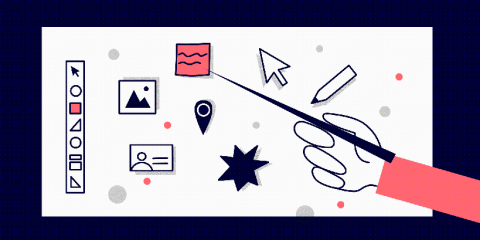Digital education: 10 benefits for universities and students
The world is growing more digital by the minute. Although digital transformation has impacted businesses the most, educational institutions also face an increased need for digital strategies. Ever since the world went completely digital due to the pandemic in 2020, digital education has become a priority for students, parents, teachers, and educational institutions alike.











